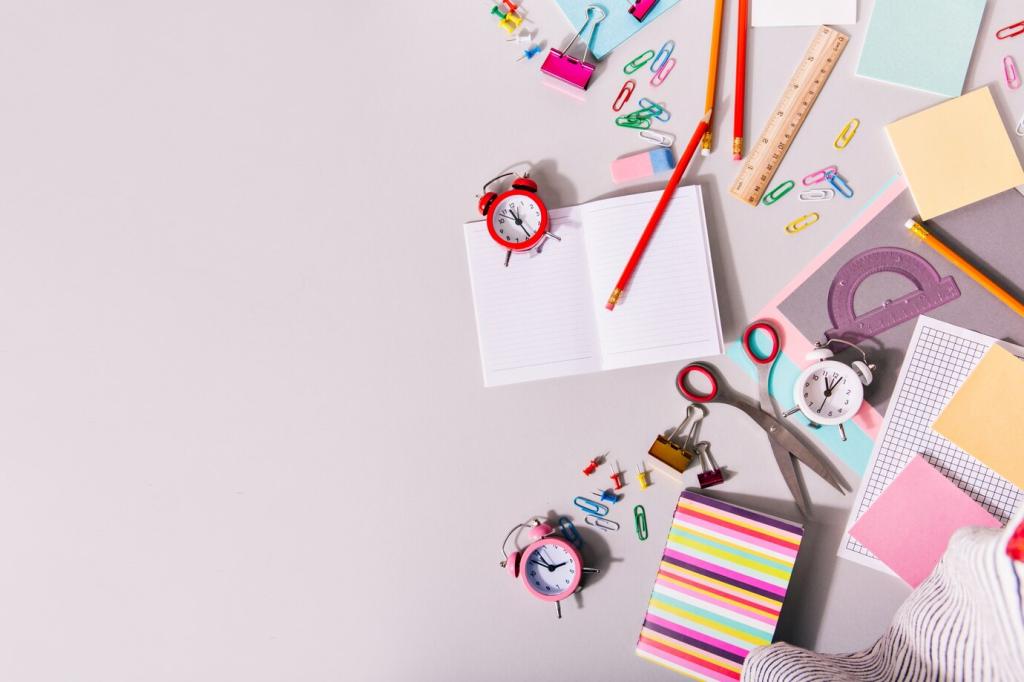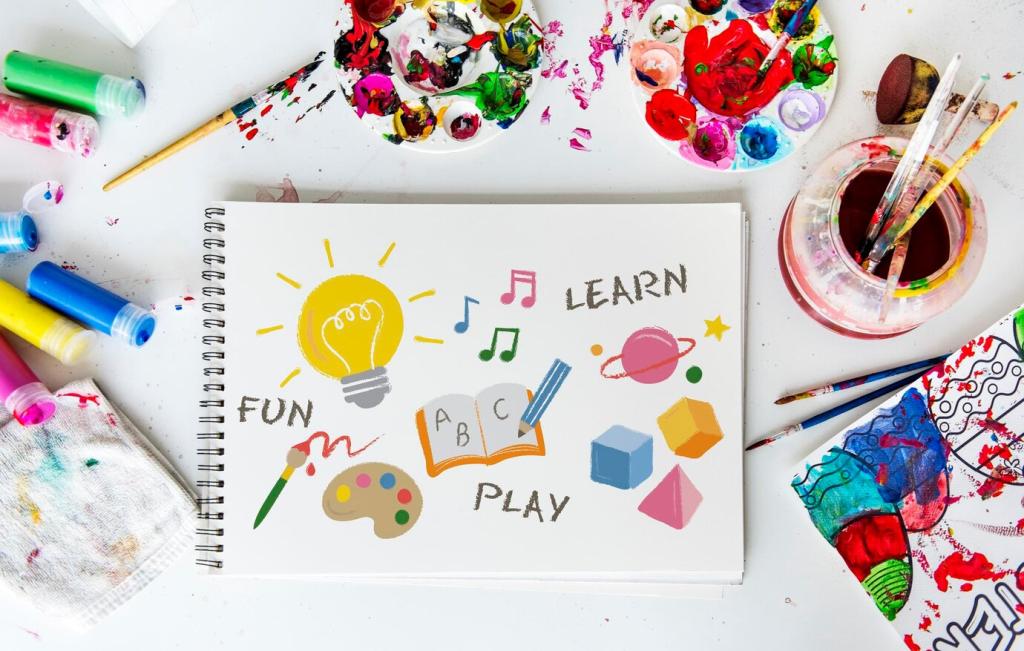Discover Free Online Resources for Aspiring Interior Decorators
Chosen theme: Free Online Resources for Aspiring Interior Decorators. Dive into a welcoming, no-cost toolkit of courses, tools, and communities that help you learn, practice, and share your style—without paywalls. Subscribe, comment, and tell us what you’re exploring next!

Start Here: Foundation Courses You Can Audit for Free
01
Audit credible design fundamentals
Explore free course audits and recorded lectures covering color theory, spatial composition, lighting basics, and materials. Take notes, sketch quick room thumbnails, and share your takeaways in the comments to spark thoughtful discussion and peer learning.
02
Learn through curated playlists and talks
Use curated playlists of museum talks, professional webinars, and college studio critiques. Pause often, sketch along, and compare your notes with the community. Ask questions, tag helpful timestamps, and encourage newcomers to join your thread.
03
A small story to get you started
A reader named Lina audited a lighting lecture, taped tracing paper over photos of her studio, and marked three layered light zones. Her before-and-after photos impressed friends—and earned her first referral.
Plan Like a Pro: Free Tools for Floor Plans and Mood Boards
SketchUp Free and open 3D libraries
Model rooms in SketchUp Free and pull reference objects from open 3D libraries. Keep geometry simple, experiment with camera angles, and export clean images. Post your scene and ask for layout critiques from fellow learners.
Quick floor plans with browser-based tools
Use free tiers of floor-planning sites to test furniture footprints, traffic flow, and scale. Print a PDF, annotate with arrows, and share your solutions. Invite feedback about circulation, storage, and visual balance.
Build mood boards with free templates
Create mood boards using free templates to combine palettes, textures, and reference photos. Add labels for finishes, sheen, and maintenance. Share boards with friends and ask which combination feels cohesive, authentic, and livable.
Color and Material Libraries at Zero Cost
Use free color palette generators to explore harmonious combinations, accessibility checks, and contrast ratios. Export swatches, print a palette card, and tape it near a window to study daylight shifts throughout the day.


Color and Material Libraries at Zero Cost
Browse open libraries with wood, stone, fabric, and tile textures. Study grain direction, scale, and reflectance. When presenting, include a note on maintenance and durability to show thoughtful, client-centered decision-making.

Ask for focused, actionable critique
When posting a room concept, ask three specific questions about proportion, lighting, and storage. Upload scaled plans and mood boards together. Thank commenters and report back with updates to continue building supportive momentum.

Join a public design challenge
Pick a weekly prompt—like refreshing an entryway on a tiny budget—and share progress photos. Constraints spark creativity. Tag your posts consistently so others can follow, encourage, and borrow your clever solutions.

Build your peer circle intentionally
Follow three learners slightly ahead of you and three just beginning. Offer thoughtful comments, trade resources, and co-host feedback threads. Community accountability keeps you practicing, publishing, and improving every single week.
Business Basics for Beginners—Without Paying a Cent
Assemble case studies using free website builders. Include problem statements, constraints, process boards, and the final outcome. Invite subscribers to review clarity, then refine language until your narrative feels confident and compelling.


Business Basics for Beginners—Without Paying a Cent
Read free articles about setting expectations, revision rounds, and boundaries. Draft a plain-language scope outline. Ask the community for examples of clear emails that gently guide clients and protect your process.
Sustainable and Accessible Decorating Resources
Consult public guidelines on clearances, reach ranges, and contrast. Test pathways with tape on the floor and photograph before-and-after adjustments. Invite feedback on how your layout supports diverse abilities and daily routines.
Study public resources on certifications and finishes. Note durability, cleaning needs, and lifecycle. Share a materials matrix with readers, and ask for their favorite budget-friendly swaps that still feel elevated and responsible.
Explore tutorials for refinishing wood, reupholstering chairs, and repurposing frames. Combine thrifted finds with crisp paint and updated hardware. Post your transformations and invite subscribers to vote on the most creative reuse.
Practice Briefs and Case Studies You Can Study Free
Reverse-engineer published makeovers
Pick a makeover article and infer constraints: budget, function, and sunlight. Sketch the original plan, then the redesigned version. Share what changed circulation, storage, and mood—and what you would try differently.
Write weekly self-briefs with constraints
Create a simple prompt, like designing a renter-friendly bedroom with two power outlets. Set a two-hour time limit. Post your deliverables and ask for critiques focused on feasibility and livability.
Document process as a learning asset
Keep a process journal with timestamps, discarded ideas, and final decisions. Publish a recap post each month. Invite readers to subscribe for templates, and trade notes on what sped up your workflow.
